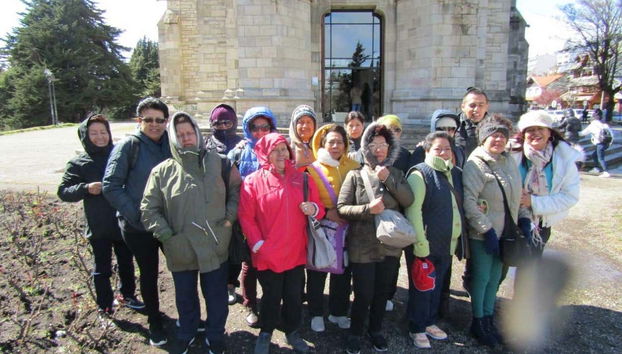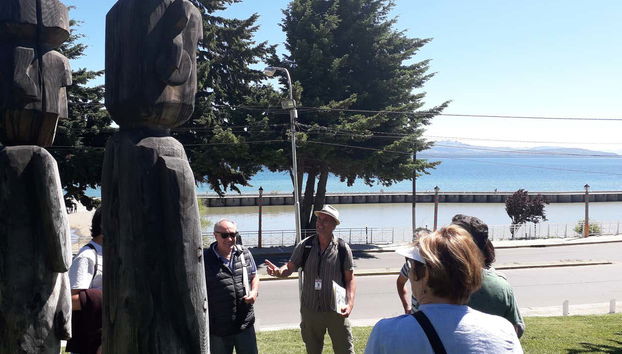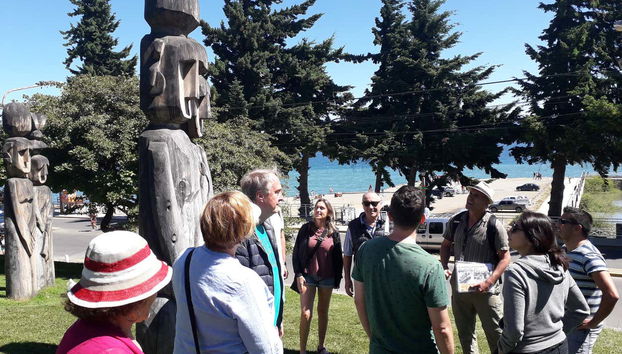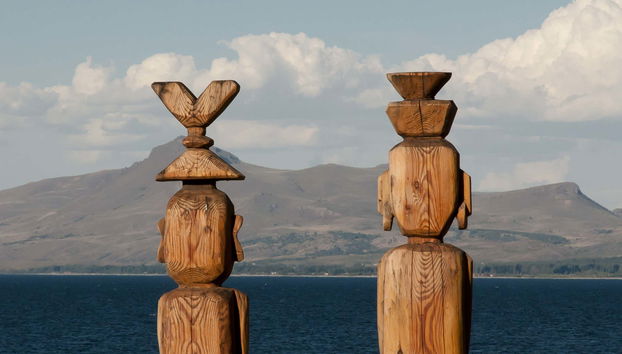
Indigenous Villages of Patagonia Tour
- 2 Stunden
- 7 Bewertungen
- Geöffnet am Di, Do
On this tour of the indigenous villages of Bariloche, we'll learn about the history, culture, and customs of the Patagonians and Mapuches, and the indigenous communities prior to European colonization.
Description
Meet us at the Tourism Information Office in Civic Center Plaza as we explore Patagonia's history.
On this Bariloche tour, we will delve into the origins of this Argentine region and the stories of its pre-European colonization inhabitants, including the Patagonians, Mapuches, and Canoeros. We will investigate the pre-Hispanic tribes and their customs.
Who were these indigenous peoples, and what customs shaped their lives? Do their ancestral roots persist today? We will address these questions as we journey through Bariloche, starting at the Civic Center and moving to the shores of Lake Nahuel Huapi, a significant cultural site. We will view their sculptures and discuss their symbolism and significance.
Next, we will visit the Church of Nuestra Señora del Nahuel Huapi to learn about the relationship between the indigenous peoples of Patagonia and the Catholic Church. We will proceed to the Museum of Patagonia, which contains artifacts from Patagonian, Mapuche, and canoeist cultures. Optionally, you may enter the museum with our guide to view artifacts closely.
As the tour concludes, we will return to the departure point after an hour and a half of historical insights.
Preise
Inklusive
- English–speaking guide
Nicht inklusive
- Admission into Patagonia Museum: 1USD per person
Tipps
- Accessibility: Not wheelchair accessible.




